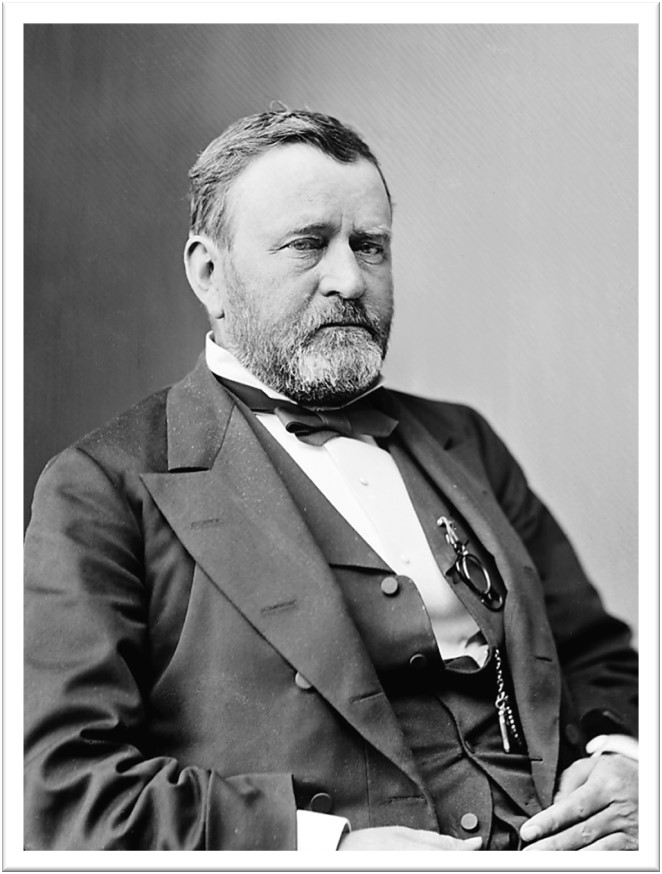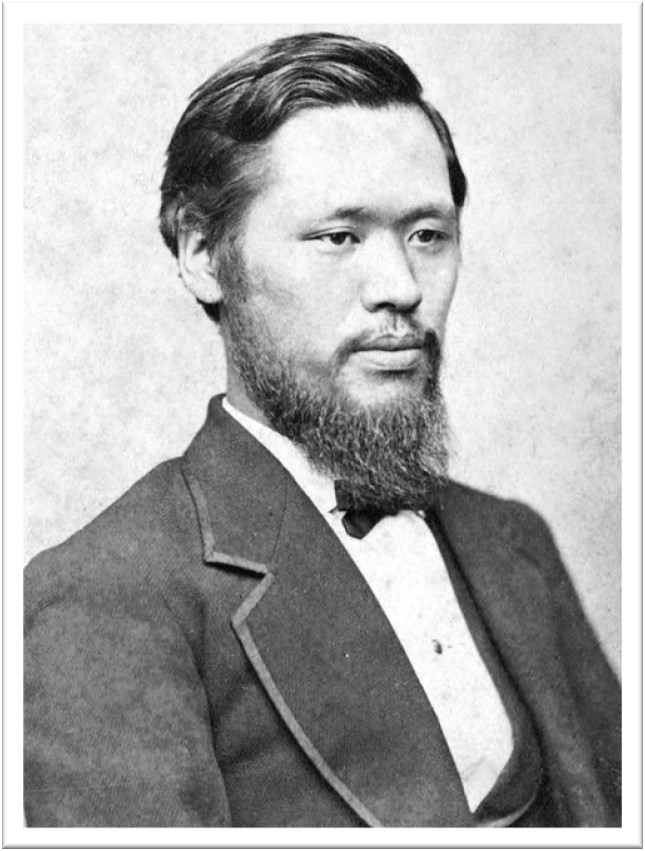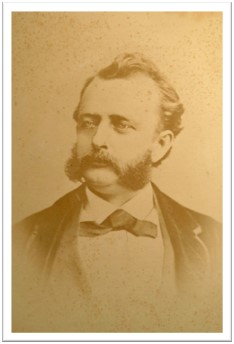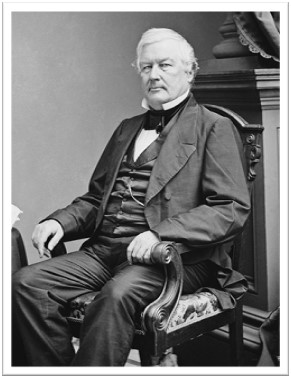Exchange Students

President Grant
President Ulysses S. Grant (April 27, 1822 – July 23, 1885) left a strong impression on both the Iwakura Mission and the Meiji Emperor of Japan. Grant would have a number of interactions between the Iwakura Mission in 1872 and the core leadership of the Meiji government in 1879 during his 74-day visit to Japan, where he dialogued with the Emperor and the upper echelons of the government elite. Grant held a keen interest in developing America’s diplomatic ties with greater Asia and had specific soft-diplomacy aims of his own when the Iwakura Mission arrived at the White House. As such, though the Iwakura Mission was not able to adjust the status of their treaties with the United States, they were impressed by Grant’s character and their welcoming environment at the White House.
Arinori Mori
Arinori Mori (August 23, 1847 – February 12, 1889) was Japan’s first ambassador to the United States. He assisted the Iwakura Mission during their travels, such as arranging meetings between the delegation and President Grant. Mori was interested in western educational schools of thought, having received his education at University College London. Notably, he wrote to the linguist William Dwight Whitney about possibly making English the national language of Japan. Though he did not succeed in this endeavor, he made a number of other Western-centric changes to Japan’s education system, labeled the “Mori Reforms,” as the Minister of Education.


Charles DeLong
Charles DeLong (August 13, 1832 – October 26, 1876) was an American diplomat who served as the Envoy to Japan and assisted the Iwakura Mission during their travels around the United States. DeLong’s wife Elida Delong also joined the mission and chaperoned the five girls who were sent with the mission to experience the American education system.
Millard Fillmore
Former president Millard Fillmore (January 7, 1800 – March 8, 1874) met the delegation at their hotel on June 14, 1872. The delegation had reached out to Fillmore personally, as the former president was responsible for opening Japan’s borders in 1852 when he sent Commodore Mathew Perry to Japan in the infamous Perry Expedition.

The Iwakura Mission also met numerous other politicians, industry leaders, and key historical actors.
Vice President Schuyler Colfax (1823 – 1885). U.S. Vice President under President Grant.
Hamilton Fish (1808 – 1881). U.S. Secretary of State.
George S. Boutwell (1818 – 1905). U.S Secretary of the Treasury.
George M. Robeson (1829 – 1897). U.S. Secretary of the Navy.
William W. Belknap (1829 – 1890). U.S. Secretary of the Army.
Charles W. Brooks (1833 – 1885). Japanese Consul in San Francisco.
Nathanial P. Banks (1816 – 1894). Member of the House of Representatives.
William Alvord (1833 – 1904). Mayor of San Francisco.
William Jennings (1823 – 1886). Mayor of Salt Lake City. Utah’s first millionaire.
Joseph Medill (1823 – 1899). Mayor of Chicago.
Henry D. Cooke (1825 – 1893). Mayor of Washington D.C.
Philip H. Sheridan (1831 – 1888). Decorated U.S. Army General from the American Civil War. Later promoted to the rank of General of the Army.
Brigham Young (1801 – 1877). Second president of the Mormon Church and founder of Salt Lake City.
William C. Ralston (1826 – 1875). Founder of the Bank of California.
Alfred A. Cohen (1829 – 1887). Chief attorney for the Central Pacific Railroad.
Jay Cooke (1821 – 1905). American financier and fund-raiser for the Union forces during the American Civil War.
出典:
Kume, Kunitake. Japan Rising: The Iwakura Embassy to the USA and Europe, edited by Chushichi Tsuzuki and R. Jules Young, 85. Cambridge: Cambridge University Press, 2009. doi:10.1017/CBO9780511721144.
